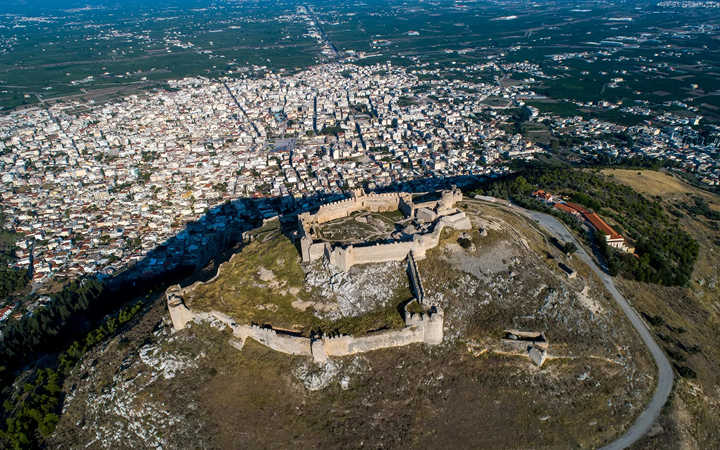Argos is the oldest inhabited town in Europe. The numerous archaeological monuments testify its long history which makes Argos an open air museum. On a walk around the town, the visitor can admire the Ancient Theatre, the Nymphaeum, the Roman Odeon and the ancient Agora with the Palaestra (wrestling school), the Bouleutherion (Council House), the sanctuaries of Venus and Apollo and some ruins of a Neolithic settlement. The passage of the Romans is made evident by the Roman Thermae and the Baths. The sight-seeing is completed, on the Aspis hill, by the sanctuaries of Pythian Apollo and Athena and the remains of the pit graves at the Deirada cemetery.
Argos has been continuously inhabited for the past 5,000 years, making it one of the oldest cities in Europe. The Pelasgians were the first inhabitants of Argos. King Inachus, from Egypt, founded the town. Then his son Phoroneus founded the Phoronean City and the son of Phoroneus, Argus, gave his name to Argos. Nearly all the royal families of ancient Greece were descendants of Inachus. It was from Argos that Hercules started his labors and Perseus his travel to the east. It was here that Danaos lived with his 50 daughters and this is the place exalted by the accomplishments of Diomedes. The town saw its heyday in the 7th century B.C. Great artists were born here (Ageladas, Polykleitos). It was much later that it became the capital of the province of Achaea during the Roman Empire. In the years following it was sacked by the Goths, the Venetians, the Franks and the Slavs, and it flourished during the Byzantine period. The Turks also conquered the town but it was liberated after many battles.












